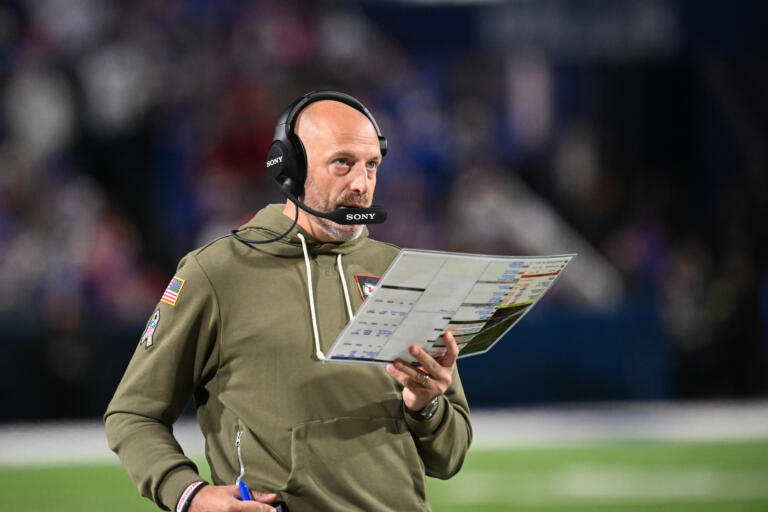
Every NFL playoff has a story marked by strategic shifts and bold innovations that changed the game forever. The league’s evolution has brought unforgettable moments, surprising twists, and new opportunities that kept fans on the edge of their seats. Here’s a look at the milestones that shaped NFL postseason history.
The First NFL Championship Game (1933)

When the NFL introduced its first official championship game in 1933, it marked the beginning of structured postseason play. Before this, league winners were decided based on regular-season records. A basic format took root, eventually molding the NFL playoffs into what we see today.
Early Championship Structure (1933-1966)
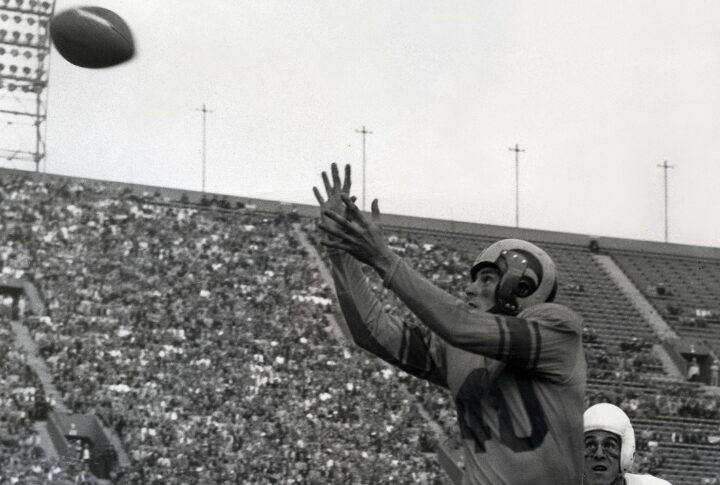
From 1933 to 1966, the NFL postseason centered around the NFL Championship Game, where the top team from each division faced off. If teams tied for first place in their division, a one-game playoff decided the winner. Nine of these tie-breaker matches occurred, each intensifying the drama of the championship race.
Divisional Playoff Format Debuts (1967)
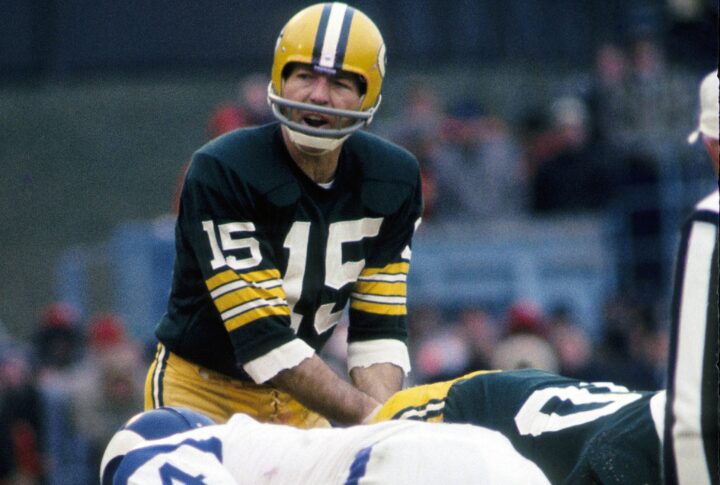
1967 saw the league’s first divisional playoff system come to life, coincidentally with the birth of the Super Bowl era. Four teams—two from each division—competed for a chance at the championship, creating a more exciting path to the coveted title. This change expanded opportunities for more teams to join the playoffs.
The Merger and Expanded Playoffs (1970)
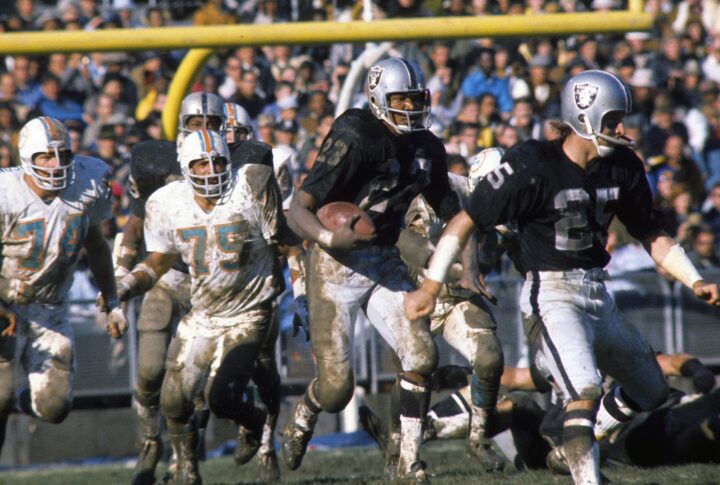
Following the 1970 AFL-NFL merger, the playoff structure expanded to accommodate a newly unified league. The newly initiated format featured eight teams—four from each conference. That critical step boosted the postseason’s competitiveness and viewership while sparking even greater national interest in football.
Wild Card Playoff Game Introduced (1978)

A significant development in 1978 was the arrival of the Wild Card game. Teams that didn’t win their divisions suddenly had a shot at the playoffs. The expansion to 10 teams, with two wild-card teams from each conference joining the mix, injected a fresh level of unpredictability and thrill into the postseason battles.
Strike-Shortened Season and Expanded Wild Cards (1982)

The strike-shortened season of 1982 reduced each team’s schedule to nine games. To adapt, the NFL created a unique 16-team playoff format that disregarded division standings for seeding. With eight teams from each conference advancing, the games often saw rivals clash who typically wouldn’t encounter each other so soon.
Wild Card Expansion to Three Teams (1990)

1990 NFL playoff fever grew even more intense as a third Wild Card team was added to each conference. That expansion increased the number of playoff teams to twelve, with more teams having a shot at Super Bowl glory. The stakes rose, and the postseason competition reached new heights.
The Two-Week Bye Era (1990-1993)
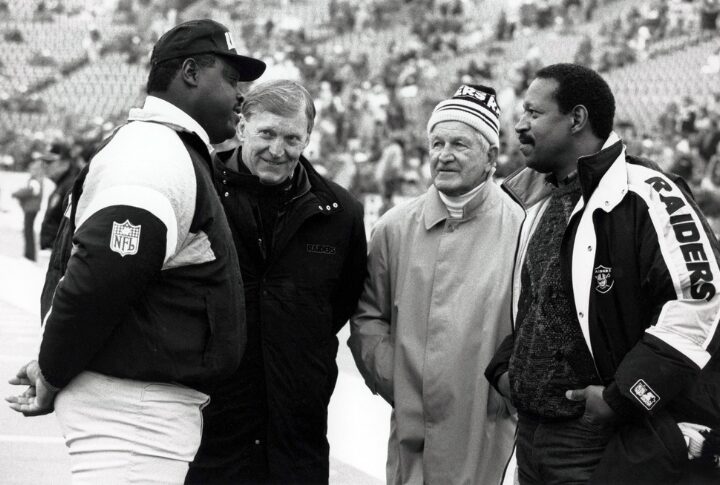
During the early 1990s, the NFL introduced a two-week bye for the top-seeded teams. This extra rest period offered strategic advantages for the best-performing teams in each conference, though it was later removed to maintain a more consistent playoff rhythm and schedule.
First Two Seeds Get a Bye (1994)

Playoff dynamics shifted in 1994, with the top two seeds in each conference earning a first-round bye; this put greater weight on regular-season performance. Teams with the best records secured an automatic spot in the Divisional Round, while lower-seeded teams competed in the Wild Card Round.
Introduction of the Two-Point Conversion (1994)

Adding the two-point conversion option in 1994 made playoff games even more thrilling and strategic. Associated teams could now choose to risk going for two points after a touchdown instead of the standard one-point kick. Tom Tupa executed the league’s first successful two-point conversion in the opening week of the 1994 season.
Expansion to 32 Teams (2002)
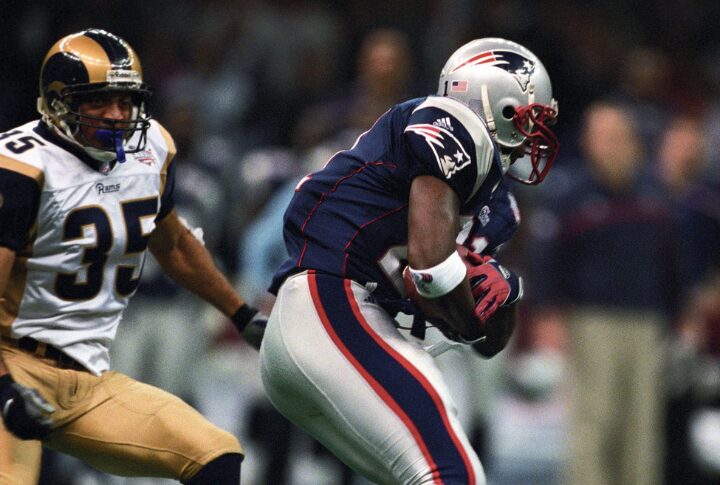
Realignment in 2002 reshaped the NFL as it grew to 32 teams. Eight divisions took form, each with four teams. That shift balanced the playoff structure by guaranteeing each division winner a playoff spot. Competition in the postseason became fiercer as it offered a fair shot to all qualifying teams.
Flexible Scheduling Introduced (2006)

In 2006, flexible scheduling became a reality, allowing the NFL to move marquee games into prime time late in the season. The adjustment shifted high-stakes matchups with playoff implications into prime-time slots. It kept fans engaged while amplifying the competitive drama of critical games.
Overtime Rule Changes (2010)

Playoff overtime rules were revamped to make the games fairer in 2010. A touchdown on the first possession would still win the game, but a field goal would now allow the opposing team a chance to respond. The goal was to lessen the impact of the coin toss on how the game unfolded.
Expanded Playoff Format to 14 Teams (2020)

During the 2020 season, the NFL expanded its playoff roster by raising the number of qualifying teams from twelve to fourteen. More teams entering the playoff field increased the competition. With just the top seed in each conference gaining a first-round bye, the competition for top positions became more intense.
Super Wild Card Weekend Debuts (2020)

“Super Wild Card Weekend” debuted in 2020 and changed the NFL playoffs by spreading six games over three days. A third Wild Card team joined each conference, taking away the second seed’s bye. Such a setup brought more prime-time matchups and heightened the drama by infusing fresh unpredictability in the postseason.






